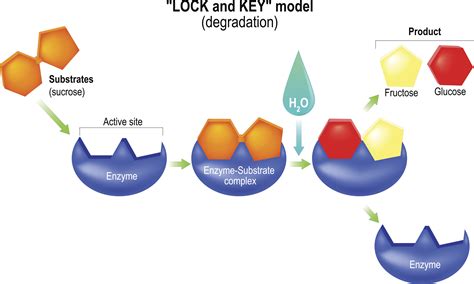In the ever-evolving landscape of frontend development, developers continuously find themselves on the edge of innovation, pushing boundaries to optimize and streamline their processes. This was evident when Slack undertook the monumental endeavor of converting a staggering 15,000 Enzyme test cases to the React Testing Library (RTL). Despite the challenges, this transformation wasn’t purely driven by technological necessity but also by the quantum leaps in artificial intelligence (AI) that have begun to reshape how we approach coding and testing.
The juxtaposition of Enzyme and RTL brings forth more than a simple tool upgrade. Enzyme, a once widely used JavaScript testing utility for React, became increasingly obsolete with the rollout of React 18. This shift necessitated adaptations that Enzyme could no longer fulfill. RTL, on the other hand, aligns more closely with how users interact with components, emphasizing tests that reflect real-world scenarios. Yet, the jump from Enzyme to RTL isn’t a straightforward syntax change—it demands a contextual comprehension that bridges the gap between old practices and new paradigms.
A key aspect of Slack’s transformation was the significant role of AI-powered semantic understanding. Transitioning from one testing framework to another is riddled with intricacies that extend beyond mere syntax. For instance, RTL discourages querying by selectors like IDs and classes. Instead, it advocates for interactions that mimic user behavior, such as querying elements by their screen reader-friendly roles. This philosophical shift in testing necessitates not just a change in code but a transformation in the development mindset.
Of particular interest in this journey is the application of Large Language Models (LLMs) that Slack leveraged to ease the conversion process. Comments from the developer community highlight a mélange of skepticism and intrigue. While some developers suggested that simple text editing buffs and VBA-style macros in Vim could achieve comparable results, others underscored the limitations of such elementary approaches given the complexity involved—one that Slack’s AI tools only managed to address with partial success. Indeed, the conversion process reflects an 80% rate of success, as reported for manually inspected subsets.
The AI-driven transformation relied on Abstract Syntax Trees (ASTs) to bridge both worlds. ASTs represent the structure of source code in a tree format, allowing precise transformations while preserving semantic meaning. However, not everyone finds AST manipulation to be the golden hammer. The development community brought forth interesting perspectives on the nuances between ASTs and Concrete Syntax Trees (CSTs). The latter retain more syntactical characteristics like whitespace and indentation, which can be crucial in specific tasks but often excessive for code transformations focused on functionality.
On-the-ground developers provided both praise and critique of the automated system. For instance, one user cited prior successful transformations using AST parsers for different programming languages, arguing the effectiveness of such tools in handling voluminous and otherwise tedious tasks. Yet, there are cautionary tales, too. Concerns were raised about tests passing without adequately verifying component behaviors—a margin for error that calls for vigilant oversight in automating tests to ensure they remain meaningful and reliable.
Slack’s venture into leveraging AI for this conversion also casts light on the broader impacts of AI in software development. While the promise of AI-driven solutions seems boundless, it is crucial for organizations to balance innovation with practicality. Notably, some developers argued that the resource allocation for such a lofty project might have been excessive compared to potentially supporting and updating Enzyme itself. This raises philosophical and managerial questions about the sustainability of open-source tools and the decisions driving tech evolutions.
Regardless of the varied opinions, one thing stands clear: integration of AI in development workflows paves the way for more intelligent, efficient coding practices. Whether through automating the conversion of test libraries, optimizing codebase migrations, or capturing and replicating user interactions, AI’s role is set to be a staple in the toolkit of modern developers. It is, however, vital for teams to remain agile, continuously validating AI-contributed code and ensuring alignment with overall development goals. Slack’s project serves as a paragon for what AI can achieve, only when coupled with human ingenuity and critical oversight.


Leave a Reply